What is a TMT Machine? Understanding Cardiac Stress Testing Equipment
In hospitals and clinics, cardiac health assessments are crucial for evaluating heart health and detecting potential issues early. The TMT, or Treadmill Test, machine is one of the most widely used tools for cardiac stress testing. It offers a non-invasive way to evaluate how well the heart performs under physical stress, providing insights into blood flow, heart rate, and rhythm during exercise. This guide explores the TMT machine’s function, its role in cardiac care, and what patients can expect during the test.
1. What is a TMT Machine?
The TMT machine, also known as a Treadmill Test or Exercise Stress Test machine, is designed to monitor heart function under controlled physical exertion. By replicating the conditions that increase the heart’s workload, it allows medical professionals to observe and record how the heart responds, which can indicate overall cardiac health or reveal underlying issues.
2. How Does a TMT machine Test Work?
During a TMT, the patient is required to walk or run on a treadmill while connected to electrodes that monitor the heart’s electrical activity. The test usually progresses in stages, each increasing the treadmill’s speed and incline. This gradual intensification is part of the Bruce Protocol, a standard for stress tests, which elevates the heart rate systematically to observe its response under various levels of exertion.
Throughout the test, healthcare providers monitor:
- Heart Rate and Rhythm: Observing how quickly the heart beats and if any irregularities occur.
- Blood Pressure: Recording changes in blood pressure under stress.
- ECG (Electrocardiogram): Detecting electrical abnormalities in the heart that might indicate ischemia or other issues.
3. Purpose of the TMT Test
The TMT test helps detect conditions such as:
- Coronary Artery Disease (CAD): By identifying blockages or restricted blood flow to the heart.
- Arrhythmias: Observing irregular heart rhythms that might only appear under stress.
- Exercise Tolerance: Determining how well the heart handles physical exertion, which is especially useful before surgeries or starting an exercise program.
4. Preparing for a TMT Test
Preparation for a TMT is straightforward, but following certain steps ensures accurate results:
- Avoiding Food and Drinks: Patients are usually asked to avoid eating or drinking (especially caffeinated beverages) for 2-4 hours before the test.
- Medication Adjustments: Some medications may interfere with heart rate or blood pressure and may need to be paused, under doctor’s guidance.
- Comfortable Clothing and Shoes: Wearing workout attire and appropriate footwear helps the patient walk or run comfortably during the test.
5. Interpreting TMT Results
Once completed, a cardiologist will evaluate the results, focusing on heart rate, blood pressure, and any ECG changes:
- Normal Results: The heart works normally under exertion, with no significant changes in the ECG.
- Abnormal Results: Signs of ischemia, arrhythmias, or abnormally high blood pressure may suggest underlying heart conditions that require further examination.
6. TMT vs. Other Cardiac Tests
While TMT is a standard test, other cardiac tests like echocardiograms, nuclear stress tests, or cardiac CT scans might be recommended based on specific health needs. TMT remains popular because:
- It’s non-invasive.
- It provides immediate results.
- It’s cost-effective compared to imaging tests.
7. Safety and Precautions
Though TMT is generally safe, the healthcare team takes precautions. Emergency equipment is available during the test, and it is conducted under strict medical supervision. Patients with severe cardiac conditions or those prone to fainting may be advised to undergo alternative cardiac evaluations.
8. Limitations of TMT
TMT is effective for many, but it might not be suitable for patients who:
- Have mobility limitations preventing them from walking on a treadmill.
- Are unable to achieve target heart rates due to medications.
- Require more detailed imaging of the heart and arteries, in which case a stress echo or nuclear test may be preferable.
Final Thoughts
The TMT machine is a valuable tool for evaluating cardiac health, particularly in detecting CAD and assessing exercise tolerance. Its straightforward and reliable approach to testing helps healthcare providers diagnose potential heart issues and determine the best treatment plan.
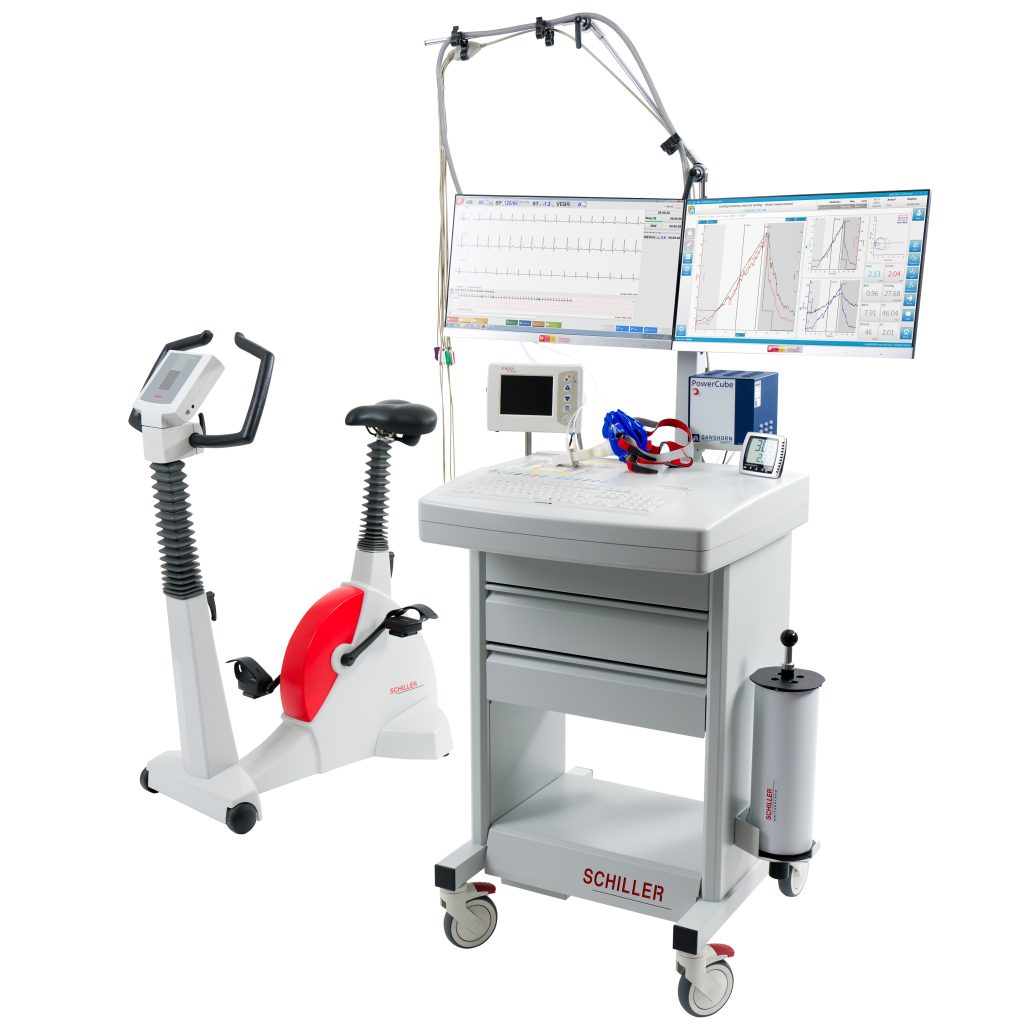
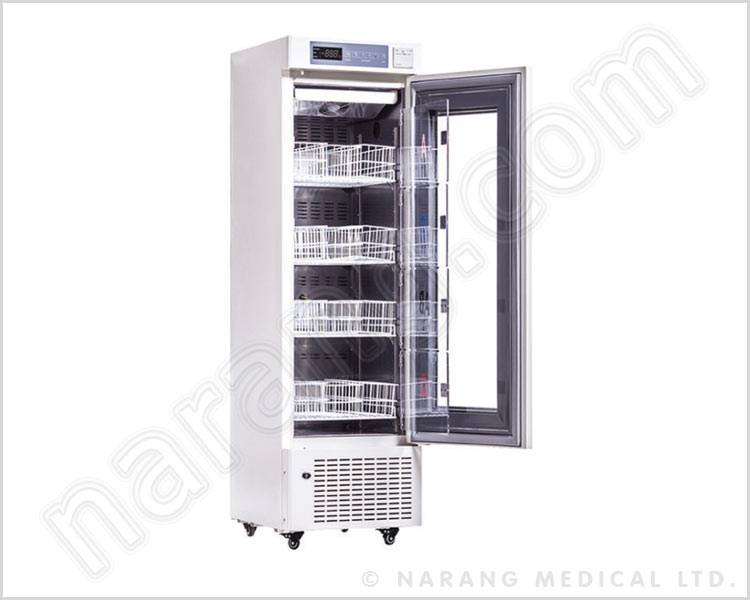

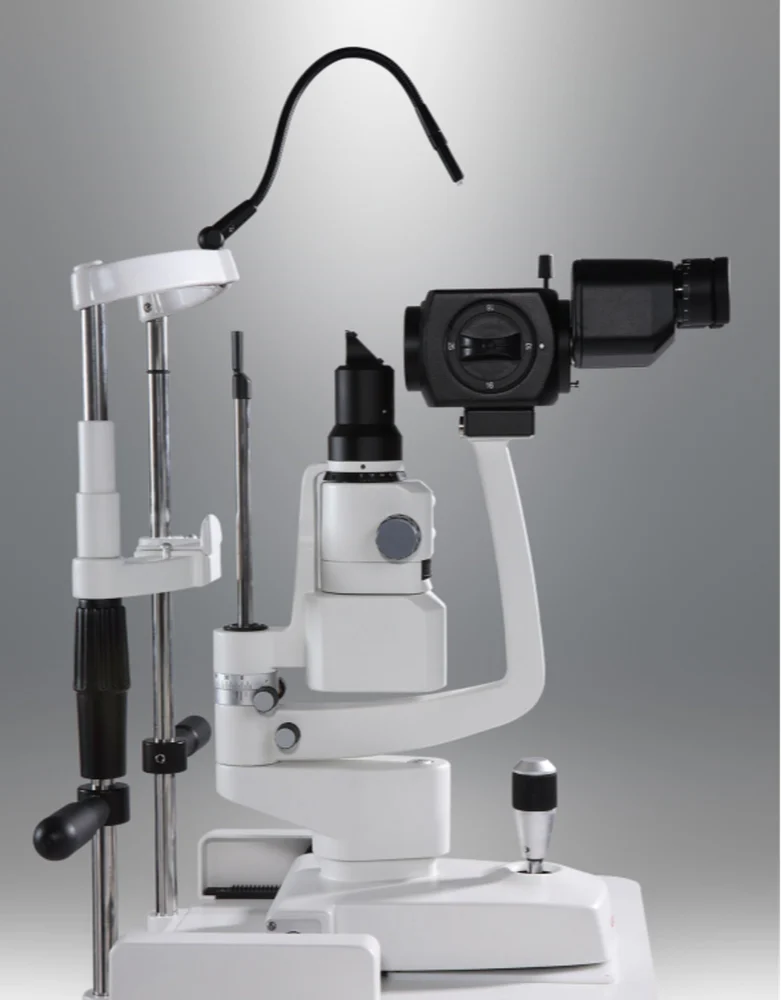

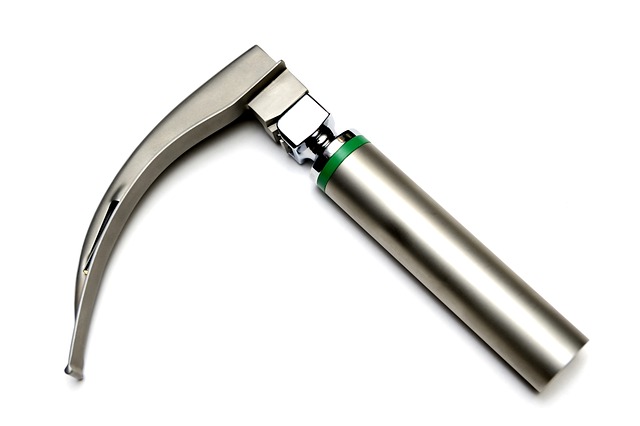
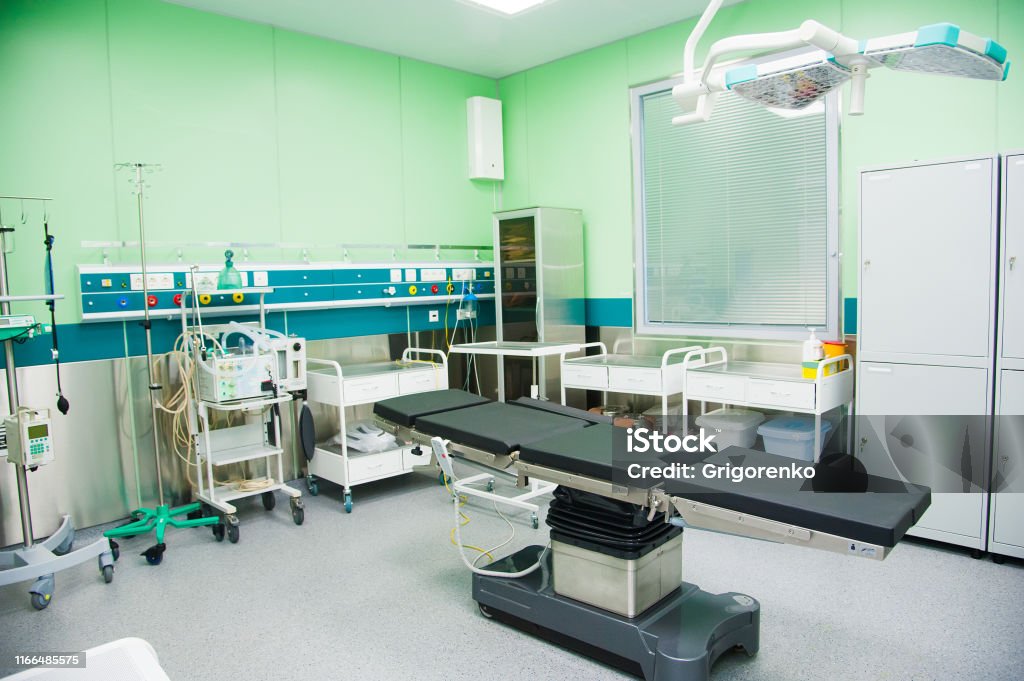
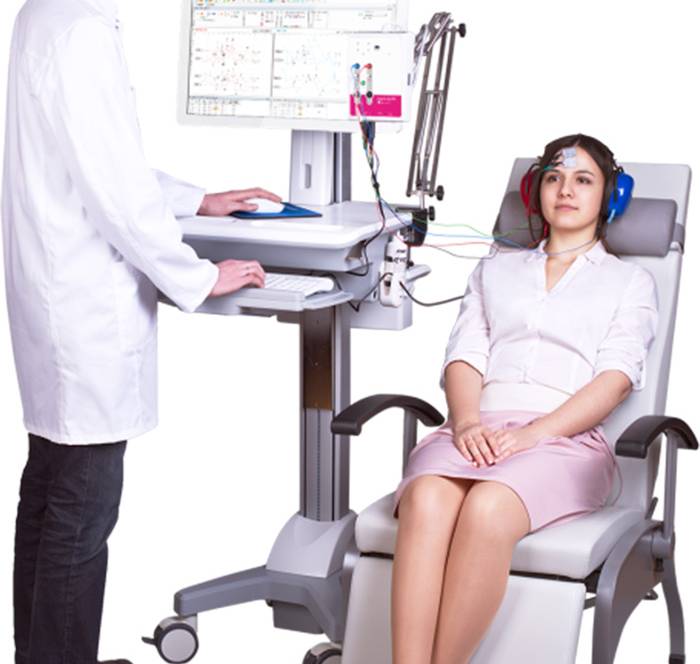
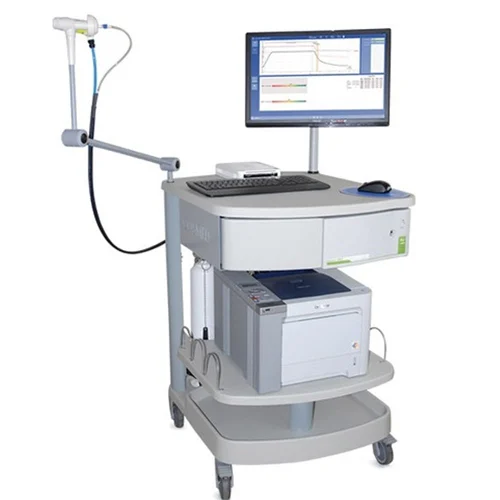
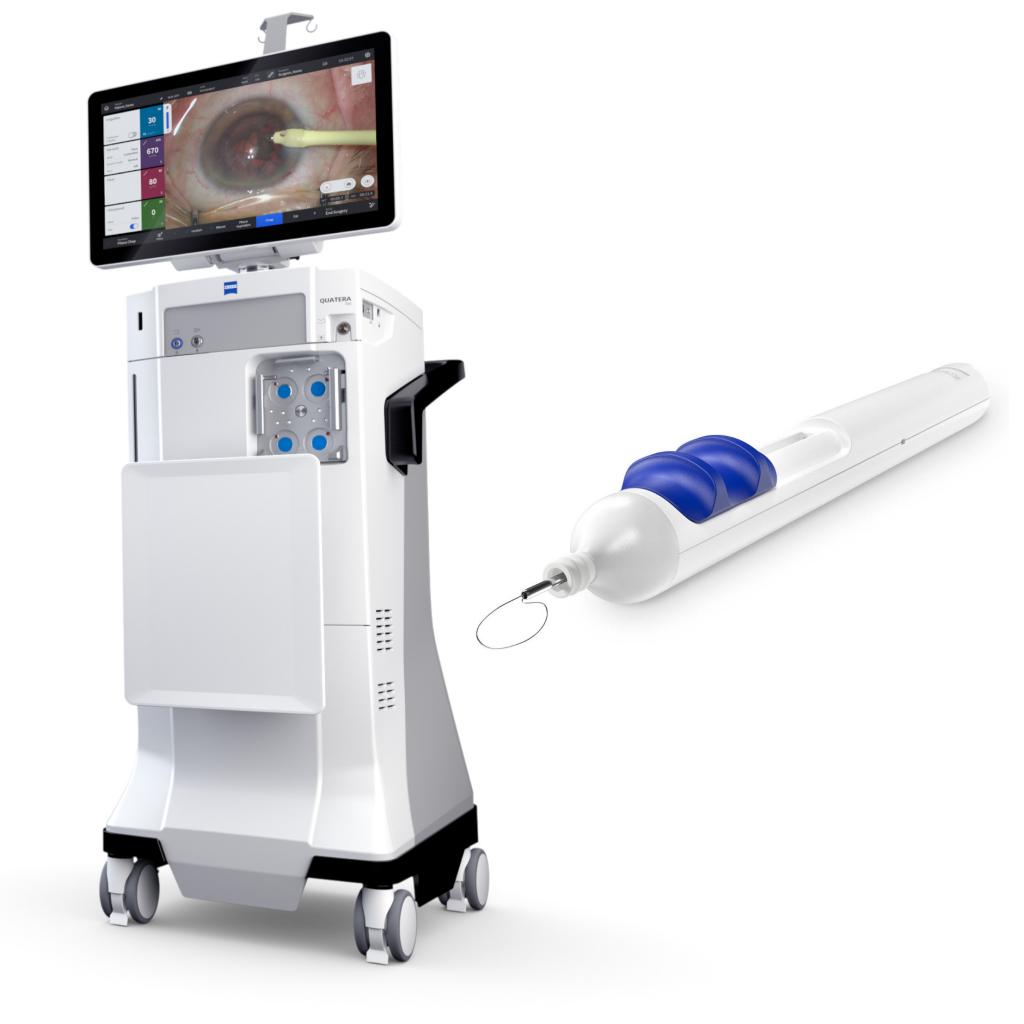
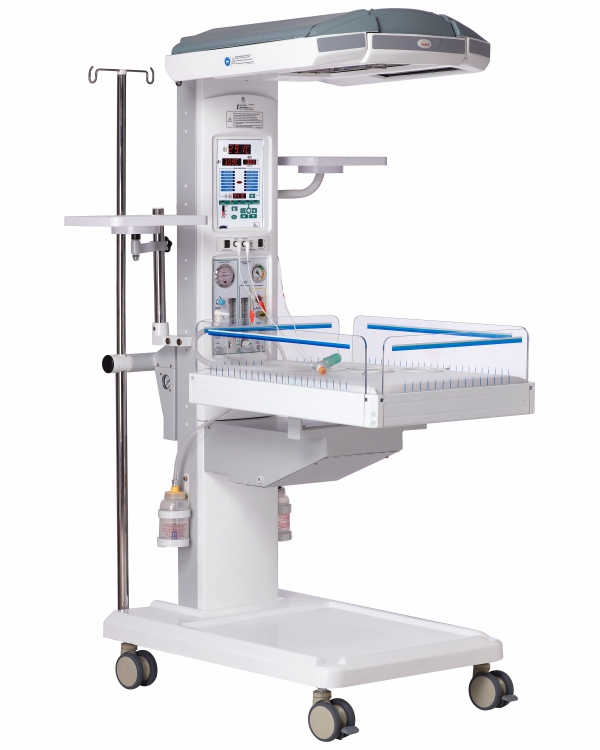




Leave a Reply